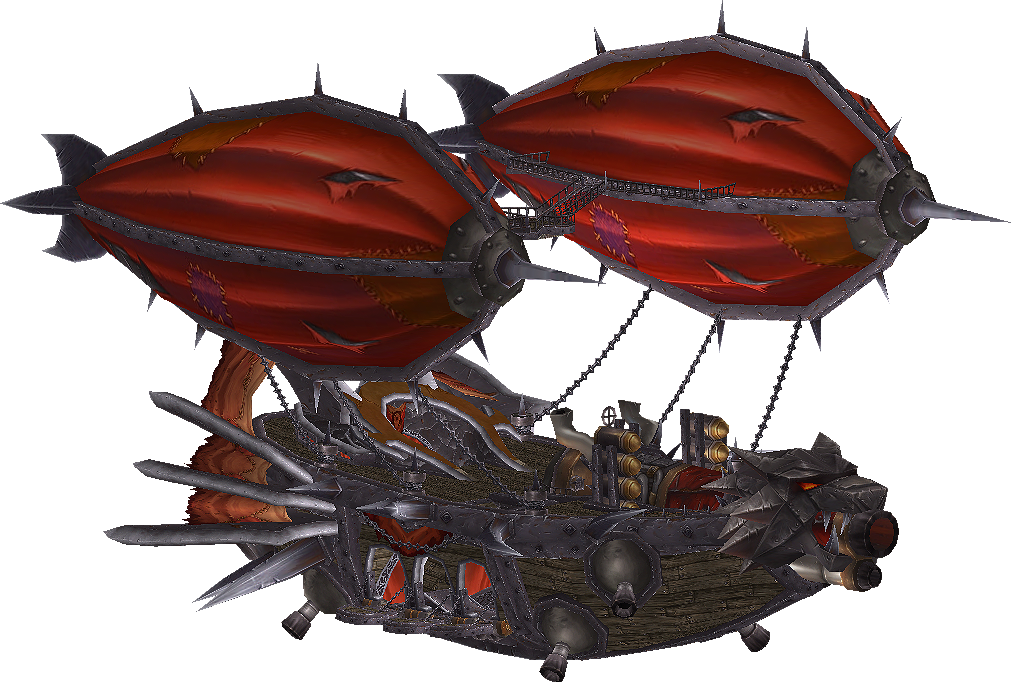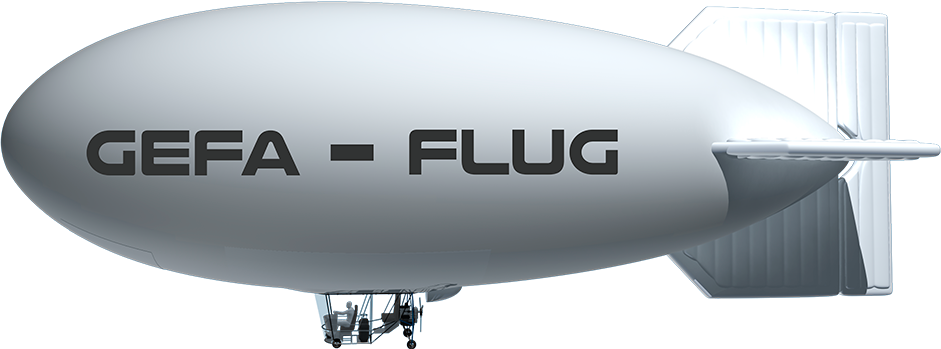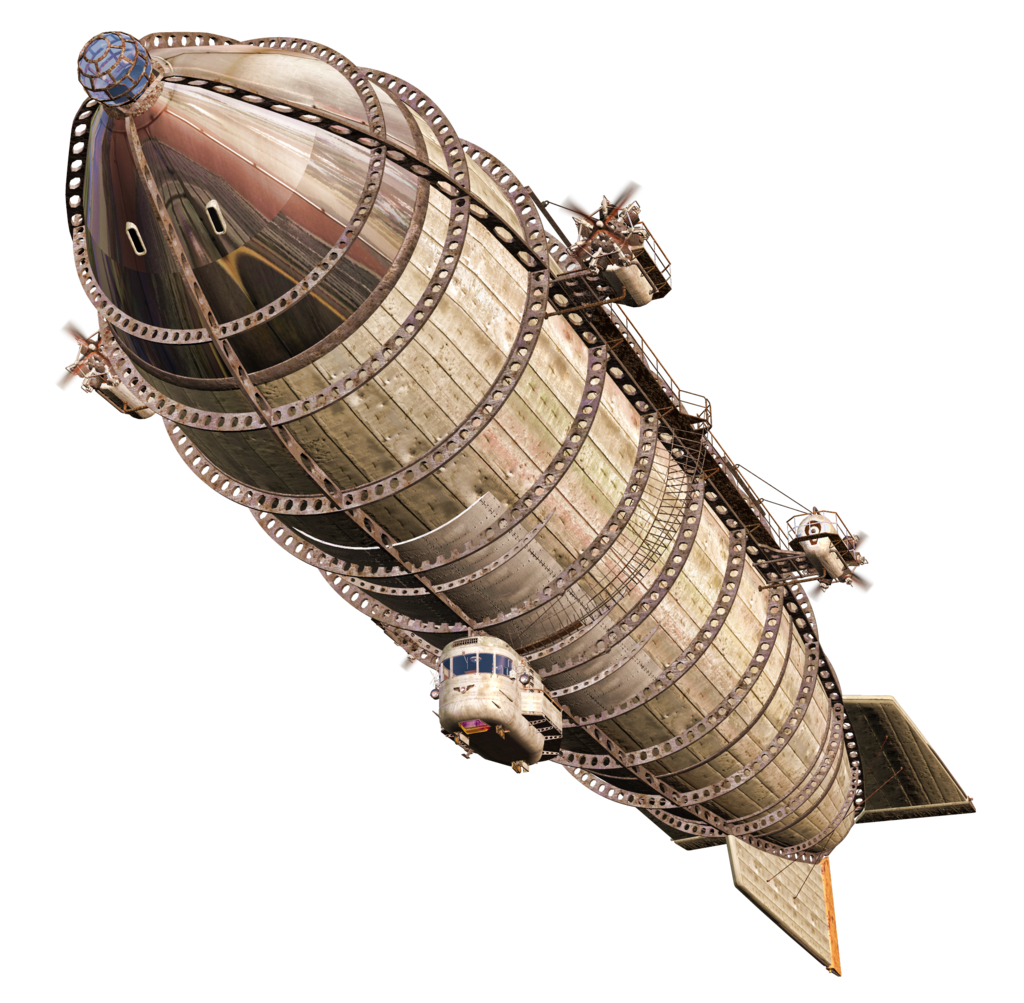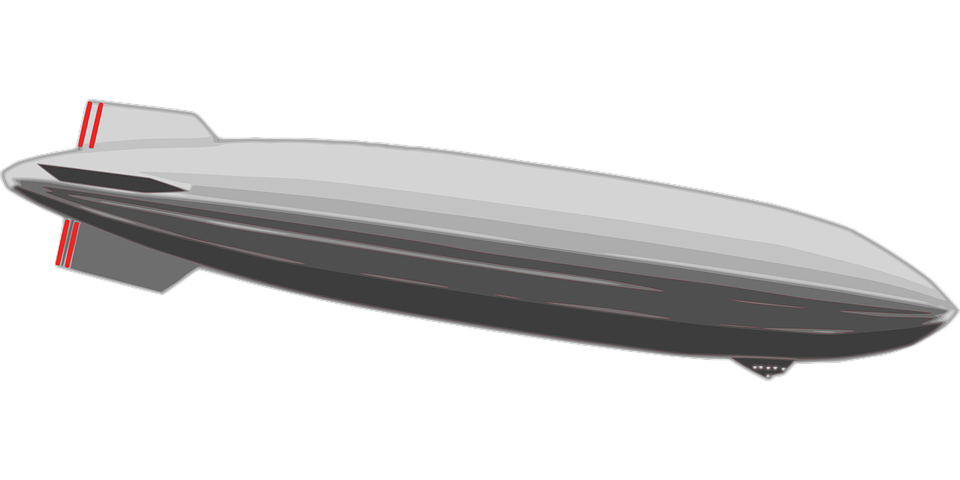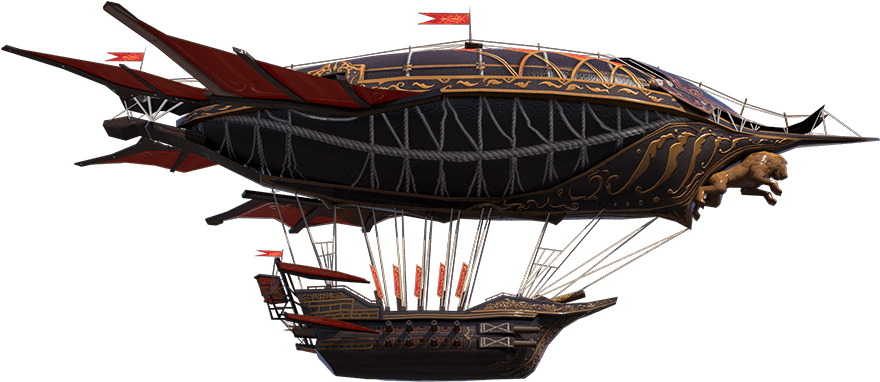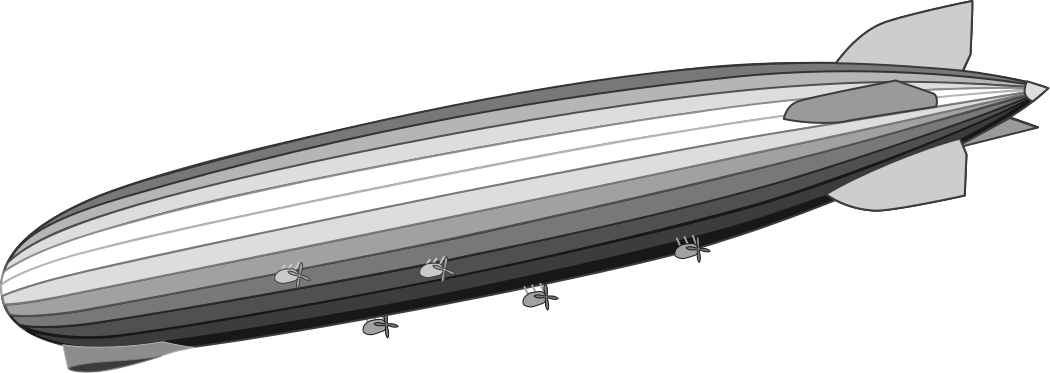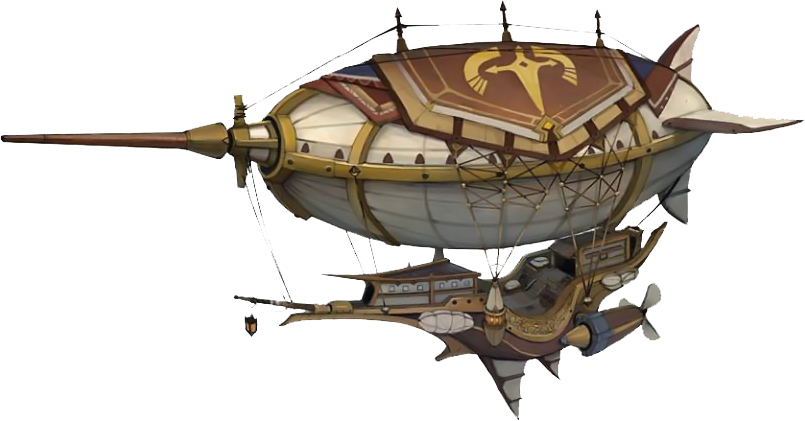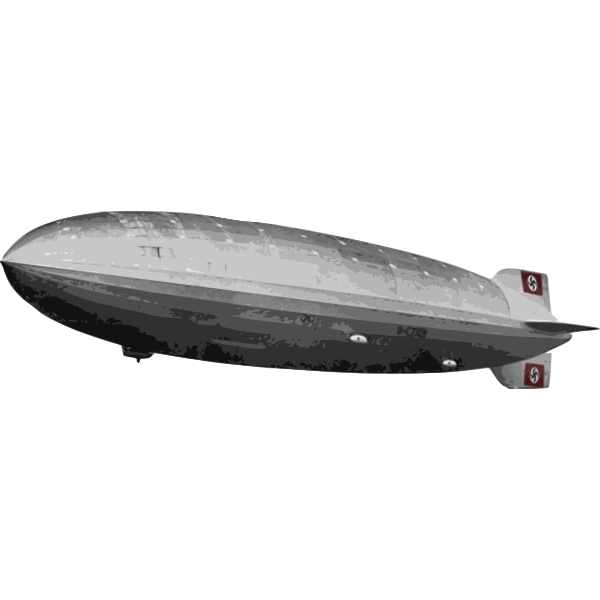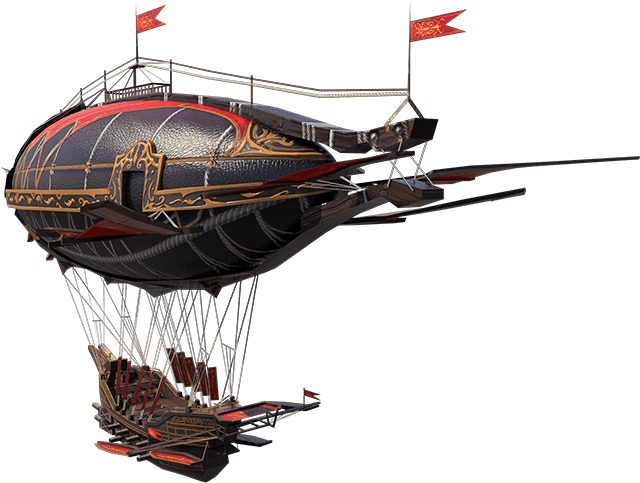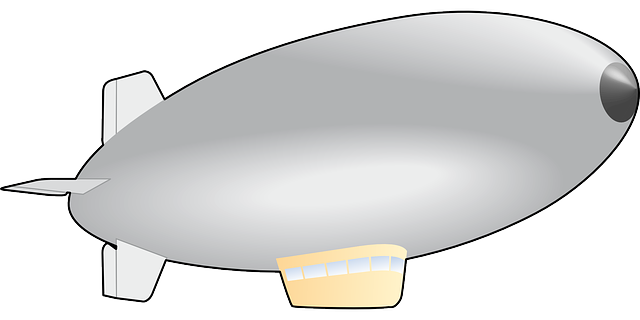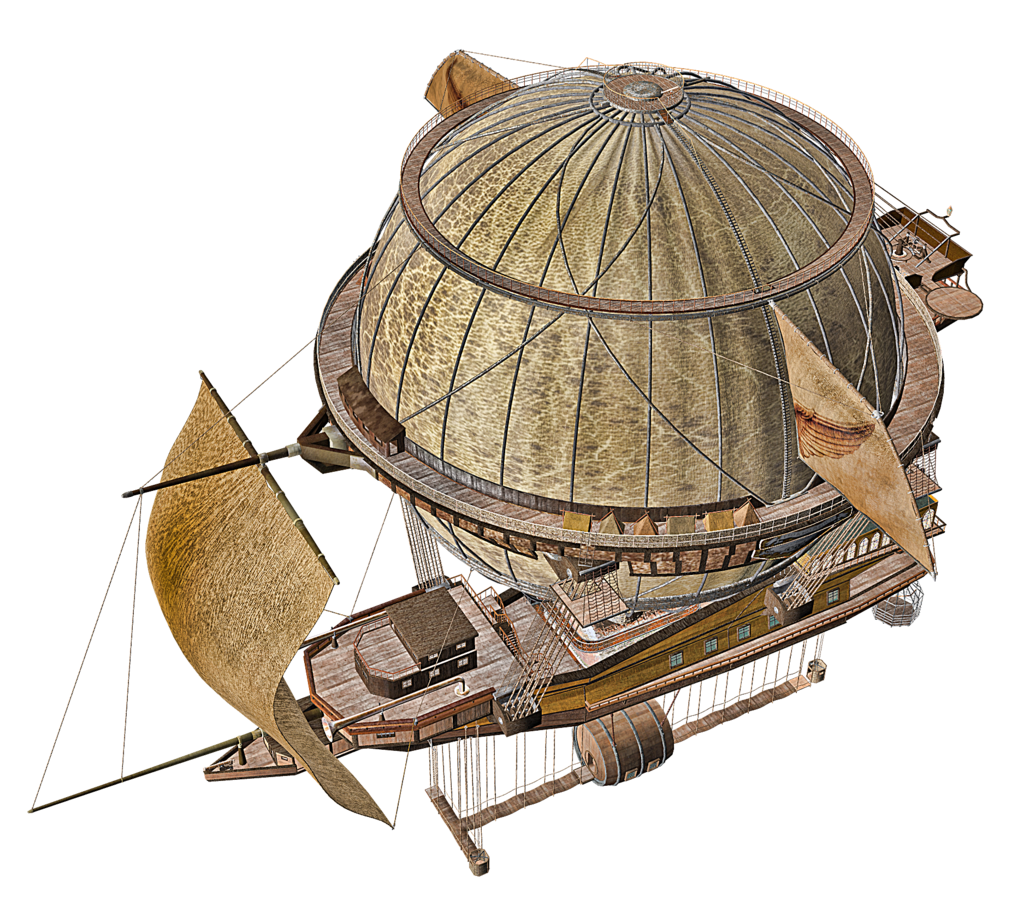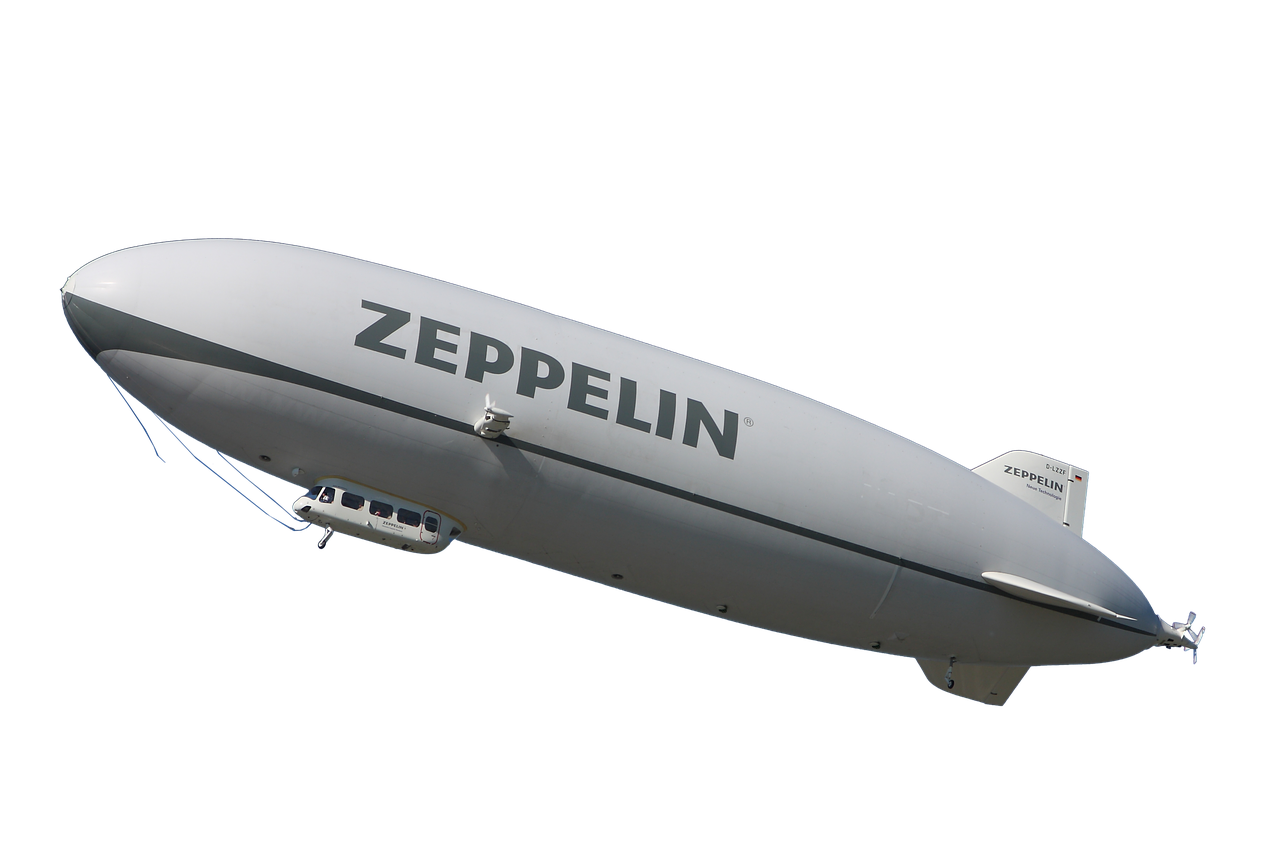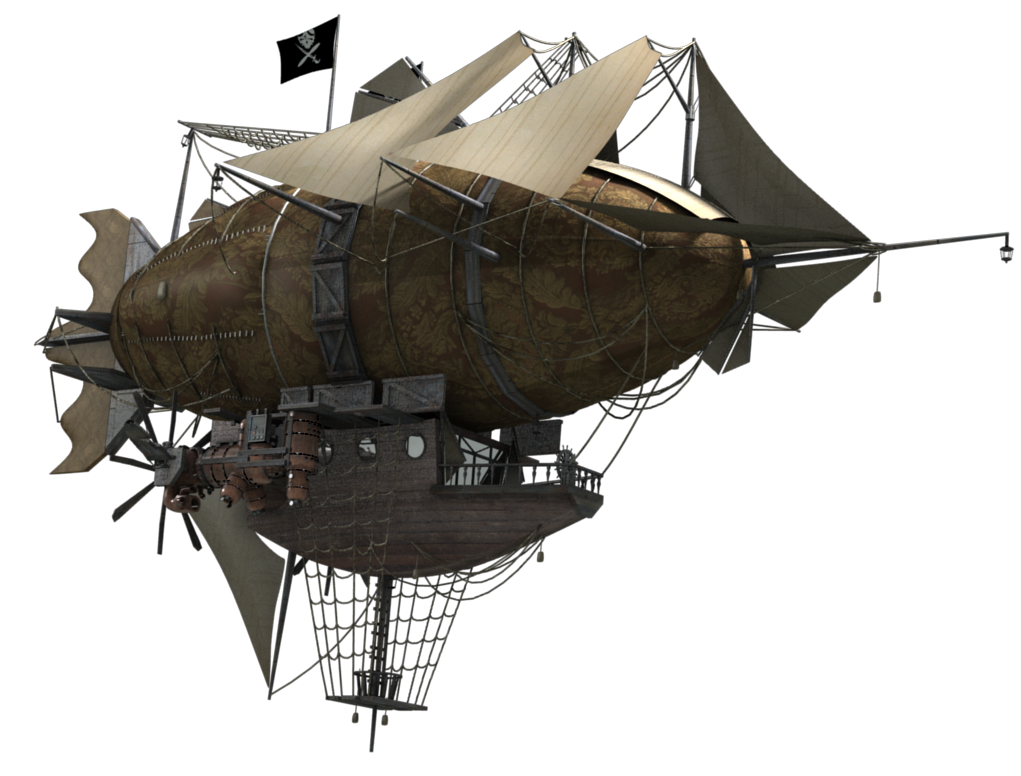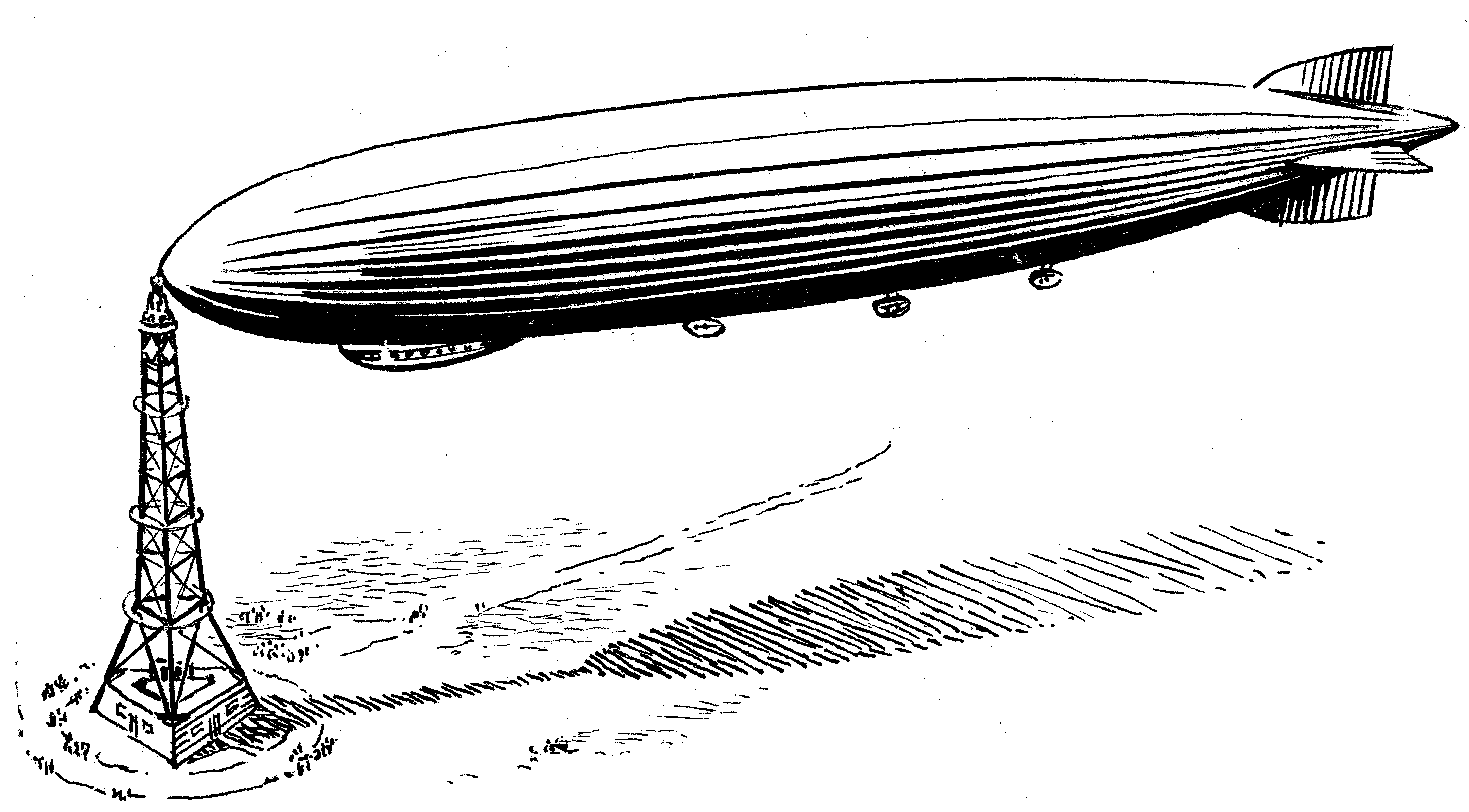Download top and best high-quality free Airship PNG Transparent Images backgrounds available in various sizes. To view the full PNG size resolution click on any of the below image thumbnail.
License Info: Creative Commons 4.0 BY-NC
An airship, also known as a dirigible balloon, is an aerostat or lighter-than-air aircraft that can fly independently. Aerostats get their lift from a less dense lifting gas than the surrounding air.
The lifting gas employed in early dirigibles was hydrogen, which had a high lifting capability and was readily available. Helium gas has about the same lifting capability as hydrogen and is not flammable, but it is scarce and costly. Helium was initially found in large quantities in the United States, and for a while it was solely utilized for airships in that nation. Since the 1960s, most airships have utilized helium, while some have used hot air.
An airship’s envelope can either form the gasbag or include several gas-filled compartments. Engines, crew, and cargo accommodation are generally located in one or more gondolas hung below the envelope of an airship.
Non-rigid, semi-rigid, and rigid airships are the three primary kinds. Internal pressure is used to keep non-rigid airships, often known as “blimps,” in form. Internal pressure keeps semi-rigid airships in shape, but they have a connected supporting structure, such as a fixed keel. The lifting gas is stored in one or more interior gasbags or cells. Rigid airships feature an exterior structural structure that preserves the form and handles all structural stresses. Count Zeppelin was the first to fly rigid airships, and his business, Luftschiffbau Zeppelin, produced the great majority of rigid airships created. As a result, rigid airships are frequently referred to as “zeppelins.”
Airships were the first aircraft capable of controlled powered flight, and they were most widely employed before the 1940s; those of aeroplanes eventually surpassed their capabilities, and their employment declined. A series of high-profile accidents hastened their demise, including the 1930 crash and burning of the British R101 in France, the storm-related crashes of the twin airborne aircraft carrier USS Akron and USS Macon in 1933 and 1935, respectively, and the 1937 burning of the German hydrogen-filled Hindenburg. Helium airships have been employed in a variety of applications since the 1960s, including advertising, tourism, camera platforms, geological surveys, and aerial observation, when the capacity to hover for an extended period exceeds the requirement for speed and maneuverability.
Terms like “airship,” “air-ship,” “air ship,” and “ship of the air” were used to describe any sort of navigable or dirigible flying craft during the early days of aeronautics. In 1919, Frederick Handley Page was quoted as saying “ships of the air” and “air yachts” for smaller passenger kinds. Large intercontinental flying boats were also known as “ships of the air” or “flying-ships” in the 1930s. Nowadays, the word “airship” refers solely to propelled, dirigible balloons, including rigid, semi-rigid, and non-rigid sub-types. Semi-rigid architecture is a relatively modern development, owing to improvements in deformable structures and the need to reduce airship weight and volume. They have a simple construction that allows them to maintain their form even while the gas envelope is under pressure.
Download Airship PNG images transparent gallery.
- Airship PNG Image HD
Resolution: 834 × 418
Size: 386 KB
Image Format: .png
Download
- Airship PNG Image
Resolution: 512 × 512
Size: 25 KB
Image Format: .png
Download
- Airship PNG Images HD
Resolution: 1011 × 682
Size: 921 KB
Image Format: .png
Download
- Airship PNG Images
Resolution: 941 × 349
Size: 225 KB
Image Format: .png
Download
- Airship PNG Photo
Resolution: 1024 × 1003
Size: 998 KB
Image Format: .png
Download
- Airship PNG Photos
Resolution: 960 × 480
Size: 89 KB
Image Format: .png
Download
- Airship PNG Pic
Resolution: 880 × 382
Size: 132 KB
Image Format: .png
Download
- Airship PNG Picture
Resolution: 1050 × 373
Size: 81 KB
Image Format: .png
Download
- Airship PNG
Resolution: 805 × 421
Size: 484 KB
Image Format: .png
Download
- Airship Transparent
Resolution: 512 × 512
Size: 12 KB
Image Format: .png
Download
- Airship
Resolution: 600 × 600
Size: 52 KB
Image Format: .png
Download
- Airship Background PNG
Resolution: 512 × 512
Size: 25 KB
Image Format: .png
Download
- Airship No Background
Resolution: 640 × 483
Size: 100 KB
Image Format: .png
Download
- Airship PNG Background
Resolution: 640 × 320
Size: 54 KB
Image Format: .png
Download
- Airship PNG Clipart
Resolution: 1024 × 913
Size: 1263 KB
Image Format: .png
Download
- Airship PNG Cutout
Resolution: 5202 × 3010
Size: 543 KB
Image Format: .png
Download
- Airship PNG File
Resolution: 512 × 512
Size: 38 KB
Image Format: .png
Download
- Airship PNG Free Image
Resolution: 1280 × 853
Size: 412 KB
Image Format: .png
Download
- Airship PNG HD Image
Resolution: 1021 × 776
Size: 603 KB
Image Format: .png
Download
- Airship PNG Image File
Resolution: 2922 × 1616
Size: 79 KB
Image Format: .png
Download


